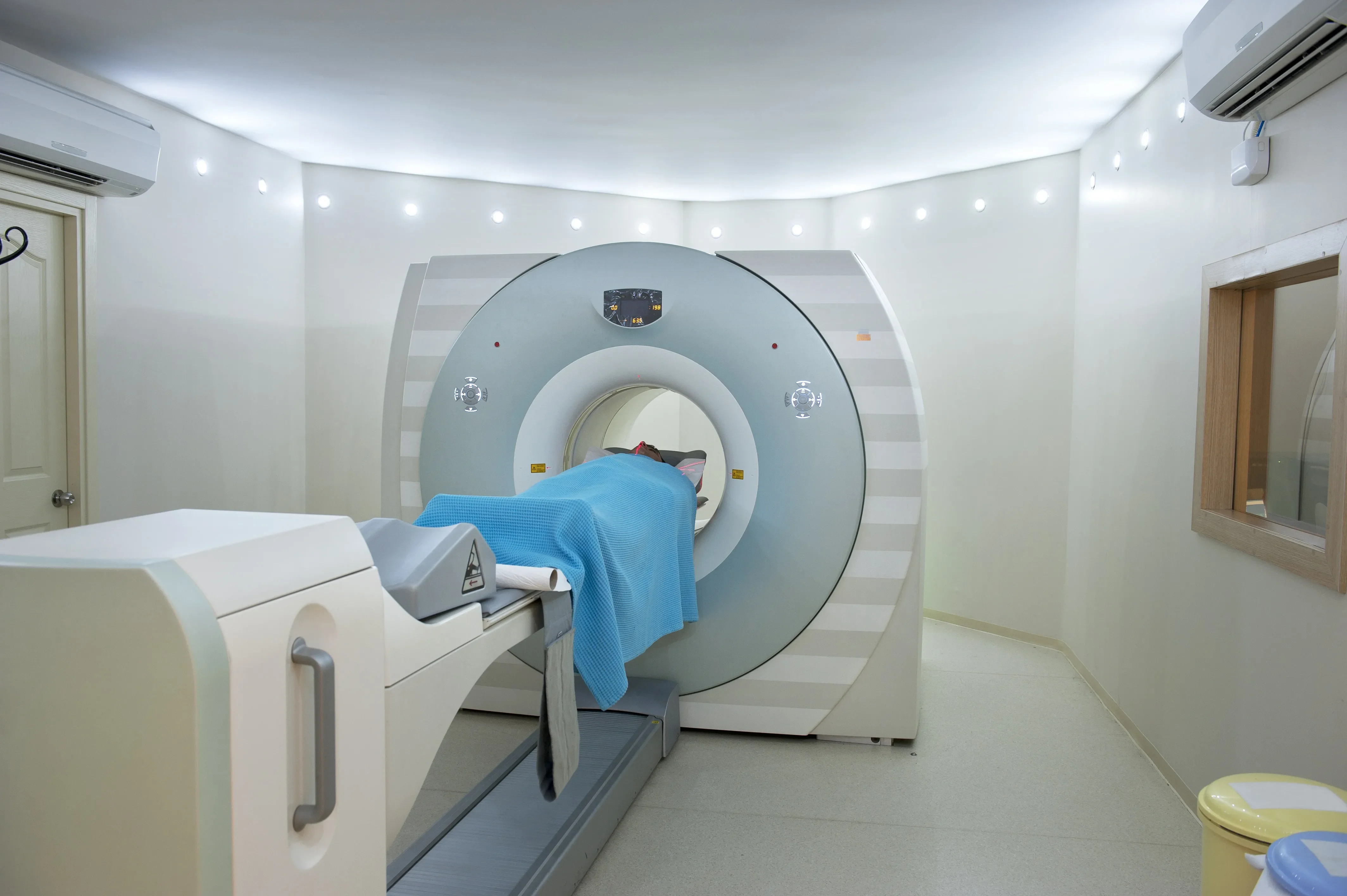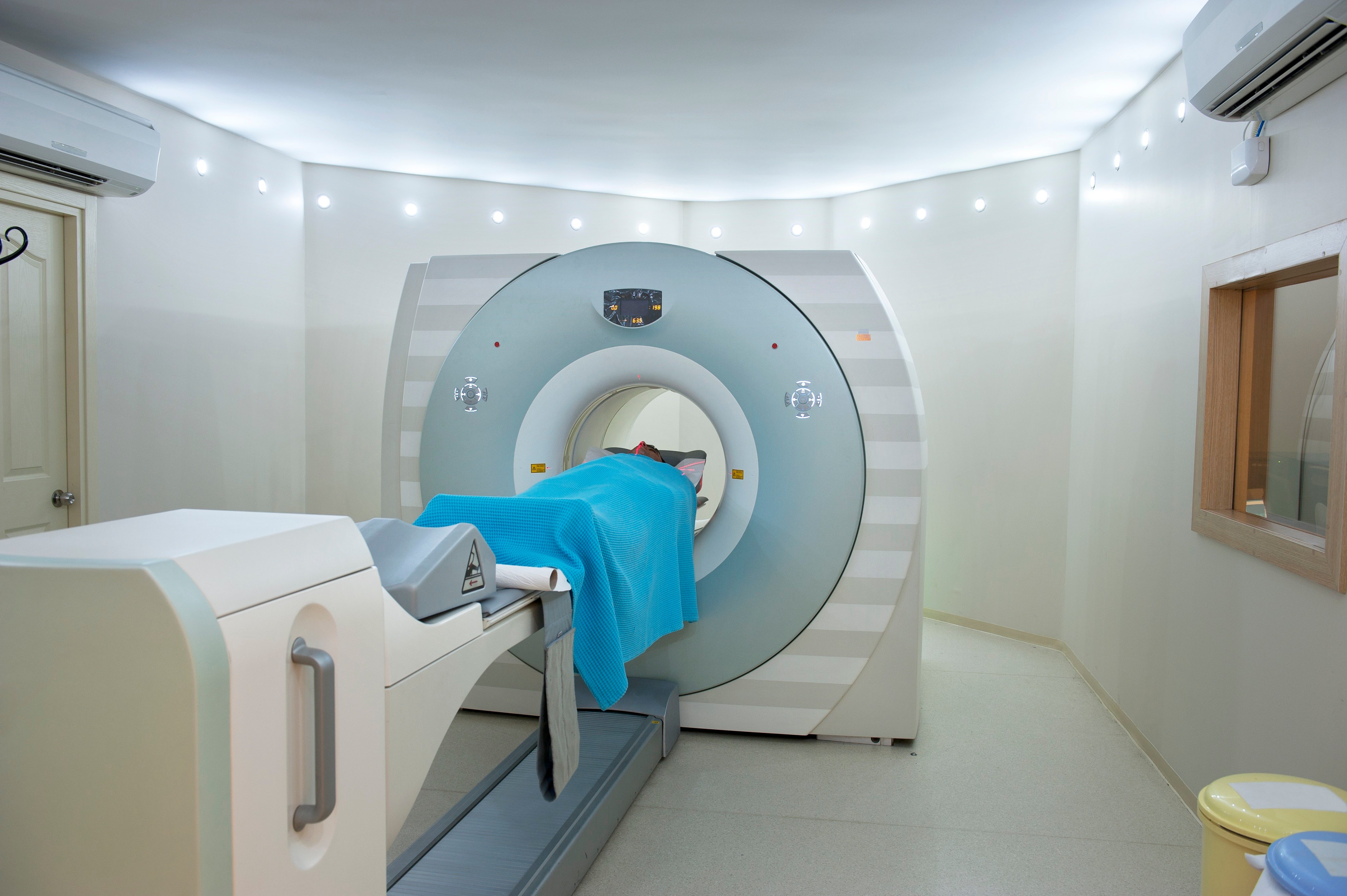What is a Low Dose CT Scan?
Do You Qualify?
Medicare recently approved the coverage for the lung cancer screening which includes a low-dose CT scan. We are hoping that most other insurance companies follow suit in approving this coverage.
To qualify for the screening, you must be 55 to 77 years old and:
- Currently smoke tobacco products or have quit within the past 15 years.
- Have a history of heavy smoking—at least 30 “pack years” (For example, an average of one pack a day for 30 years or two packs per day for 15 years).
The Low Dose CT Scan.
If something is discovered on the scan, you will be provided with continued care as needed. If the scan is clear, you’ll have to come in each year for a follow-up CT. Research shows that more than 80 percent of lung cancers may be cured if they are detected early enough, and this is the only way to ensure early detection of the disease—other symptoms often show up too late.
Although screening is effective, prevention is the best way to avoid diagnosis.
Are there risks to CT lung scan?
Although low-dose computed tomography (CT) lung screening is the best way to detect lung nodules and disease, they come with a slight risk. The CT lung scans use radiation to create images of your lung. Radiation may increase a person’s risk of cancer. Our highly skilled radiologists use special techniques, ensuring the radiation exposure during a low-dose CT lung screening is small—slightly higher than that of a mammogram. However, most primary health care providers agree that the benefits of the screening outweigh the risks of being exposed to the small amount of radiation from this exam. The screening requires no preparation or contrast injections. Our nurse navigator will guide you through follow-up care.
What is the cost of a Low Dose CT scan?
Screenings are covered by most insurances. Should you have any positive findings on your exam and require follow up diagnostic scans, insurance should also cover those scans. Check with your provider to learn more about coverage.
Lung cancer prevention tips to live by.
1. Eat healthy, live longer
Research shows healthy diet and lifestyle choices can reduce rates of lung and other cancers.
2. Stop smoking now
Even if you’ve been smoking, quitting now can help. Research has shown that lungs can actually heal from even years of damage from smoking.
3. Avoid secondhand smoke
Secondhand smoke can contribute to a wide variety of problems, especially for infants and children.
Lung cancer is currently to No. 1 cause of cancer deaths in men and women. Spread the word about lung cancer. I encourage you to get screened, if you qualify, and pay attention to your exposure to the risk factors. With more knowledge, education and action, we can begin to reduce the death rates for this killer as well.
If you smoke and aren't convinced that quitting is better not, learn what happens to your body when you quit smoking.

